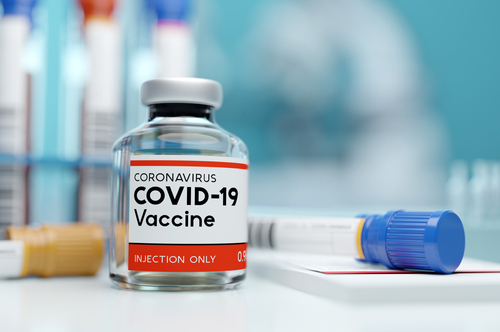Faster-than-light travel has long captured the imagination of science fiction enthusiasts and physicists alike. The prospect of journeying between stars in a reasonable timeframe necessitates surpassing the cosmic speed limit imposed by the speed of light. While faster-than-light travel remains theoretical, recent research suggests that warp drives, once confined to science fiction, might not be entirely out of reach.
A warp drive, if realized, would revolutionize our understanding of time and space. Here’s how:

Space Compression:
A warp drive would compress space in front of a spacecraft, allowing it to cover vast interstellar distances more quickly. Our perception of distance and travel time would drastically change. What once took centuries could become feasible within days or weeks.
Time Dilation:
According to Einstein’s theory of relativity, as an object approaches the speed of light, time slows down relative to an observer. A warp drive, by bending spacetime, could lead to time dilation effects. Crew members might experience less time passing during their journey than observers outside the warp bubble.
Temporal Paradoxes:
Faster-than-light travel could introduce temporal paradoxes. For instance, a ship arriving at its destination before it even left could challenge causality. Our understanding of cause and effect would need reevaluation.
Cosmic Neighborhood:
Warp drives would allow us to explore neighboring star systems within a human lifetime. Our perspective of the cosmos would shift from distant points of light to reachable destinations.
Warp drives would redefine our notions of distance, time, and the fabric of spacetime itself, opening up new frontiers for exploration and challenging our fundamental understanding of the universe, but is it a genuine possibility?

The Alcubierre Warp Drive:
In 1994, physicist Miguel Alcubierre proposed a mathematical framework for a warp drive. It involves creating a bubble of compressed spacetime in front of the spacecraft and expanded spacetime behind it.
The challenge lies in the need for negative energy—a hypothetical form of energy that remains unobserved. If harnessed, negative energy could encapsulate the warp bubble.
Recent Advances:
Previous warp drive concepts required exotic matter with negative energy density. However, a new approach avoids this requirement. Physicists Alexey Bobrick and Gianni Martire recently proposed a warp drive design that adheres to known physics. Their model doesn’t violate energy conservation laws and doesn’t rely on exotic matter. While challenges remain, these recent developments suggest that warp drives may be theoretically possible.
Physicist Jared Fuchs, along with a team of researchers, has proposed another novel solution for a constant-velocity subluminal warp drive that adheres to the principles of general relativity. The solution combines a stable matter shell with a shift vector distribution similar to the Alcubierre metric, but unlike previous models, it doesn’t require exotic matter or violate energy conservation laws. While theoretically feasible, the mass required for this warp drive exceeds current technological capabilities, in fact it would require a mass greater than that of the Sun.
In conclusion, warp drives remain tantalizingly distant but not entirely implausible. As we continue to explore the cosmos, humanity’s dream of bridging the vast interstellar distances may one day become a reality















